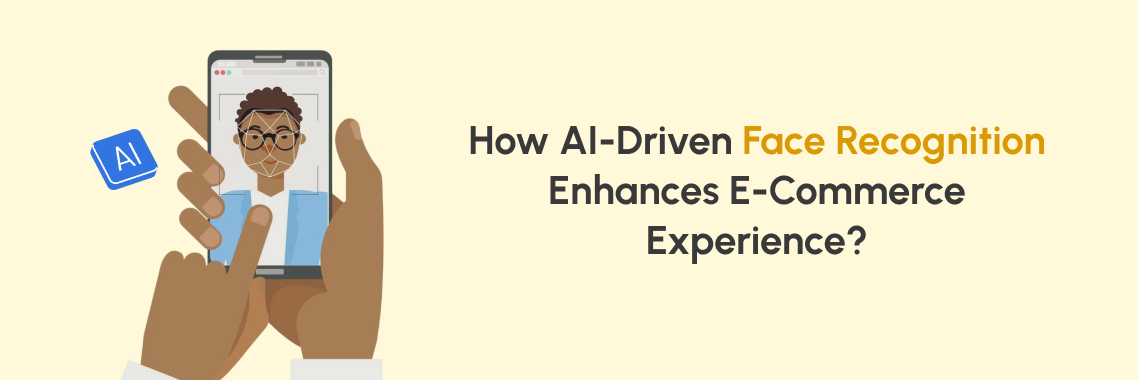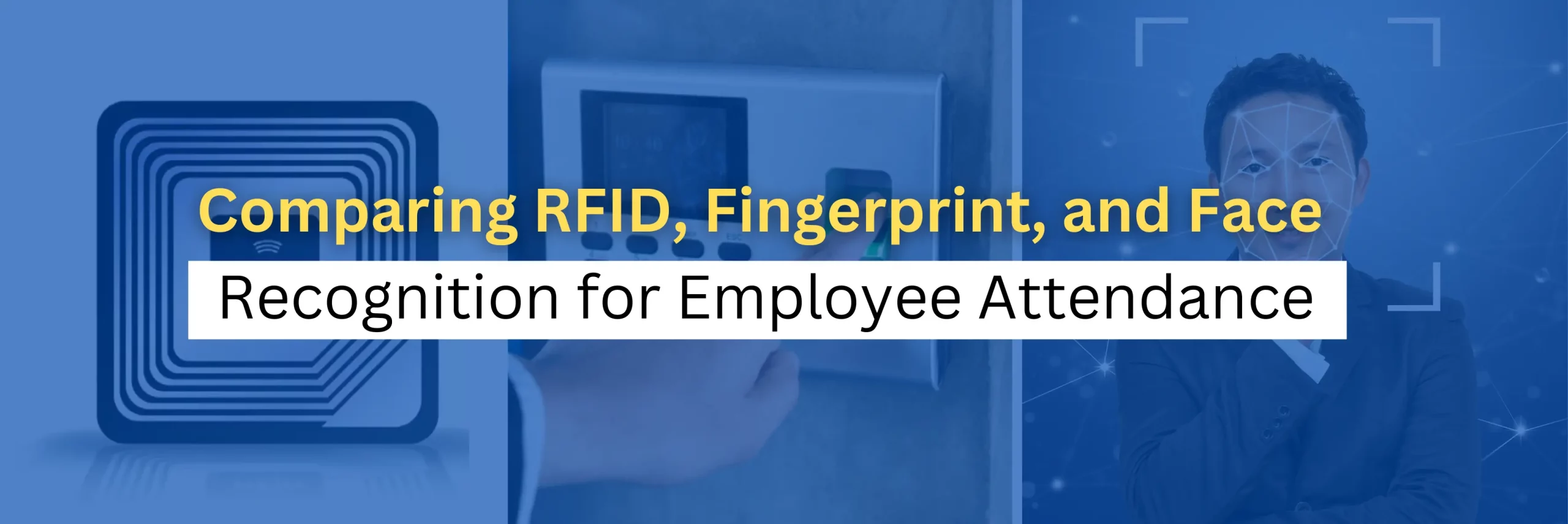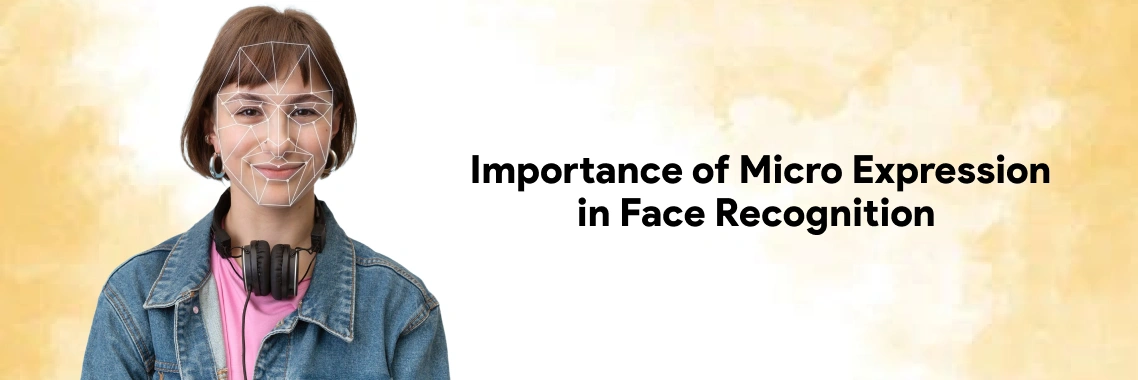Evolution of Facial Recognition Technology
As we exist in this modern world, every field is optimized with adaptive technology to grow and achieve its target. Meanwhile, facial recognition technology influences people in a wider way from marking attendance to storing data. But how many of you know the evolution of facial recognition technology?
That's why we give you deeper insights into the history of facial recognition technology from the early 1960s to the future and beyond in this article.
The history of facial recognition is a fascinating journey through scientific and technical breakthroughs, from its early theoretical foundations to the advanced AI-driven systems we see today.
Facial recognition technology (FRT) has quickly evolved from a theoretical concept to a pervasive aspect of recent life, with important applications in personal electronics, security, and commerce.
The beginning stage (1960s–1970s)
The idea of automating facial recognition emerged in the 1960s. Around this time, academics and scientists started investigating and developing algorithms to recognize faces in pictures.
Many people believe that Woody Bledsoe, one of the early pioneers, invented this technology. In order to use semi-automated techniques, Woody Bledsoe, Helen Chan Wolf, and Charles Bisson had to manually find facial features like the nose, ears, and eyes. A computer then received these coordinates and tried to compare them to previously recorded photos.
The fact that faces could be quantitatively represented in this early stage set the basis for later advancements, even if the system still mainly relied on human input.
The development of algorithms and eigenfaces (1980s–1990s)
The development of mathematical methods for pattern recognition in the 1980s marked a major advancement in facial recognition technology. In 1988, Sirovich and Kirby made one of the most significant advances when they created a technique that effectively used principal component analysis (PCA) to represent faces. The ability to simplify facial photos and pinpoint essential characteristics that set one face apart from another made this technique—known as Eigenfaces—groundbreaking.
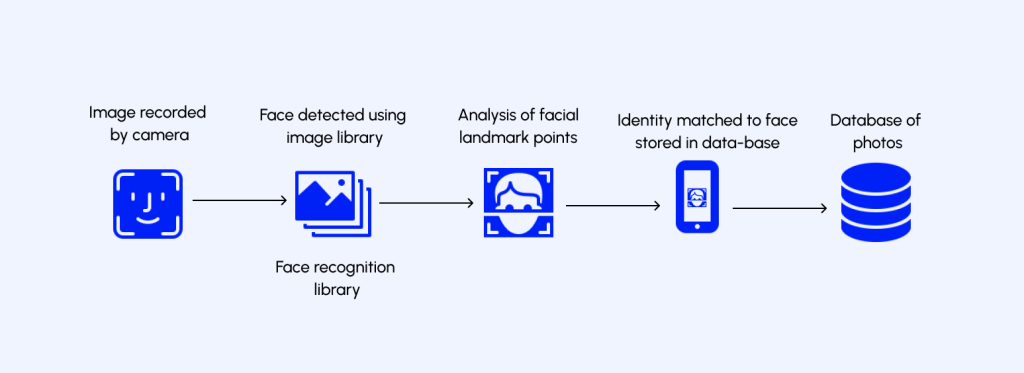
Expanding on this work, MIT's Matthew Turk and Alex Pentland showed how Eigenfaces may be applied to real-time facial recognition in 1991. The system can recognize faces more automatically and without human assistance, which is a significant advancement.
The mainstreaming of facial recognition in the 2000s
Early in the 21st century, facial recognition technology started in security and law enforcement. The 1993 launch of the U.S. Department of Defense's Face Recognition Technology (FERET) Program aimed to establish a standardized approach to assessing facial recognition algorithms. This effort significantly improved the field by developing a sizable, openly accessible dataset for algorithm testing and training, which stimulated innovation.
Facial recognition technology got international prominence in 2001 when it was used to scan spectators' faces for possible criminals during the game of football. The increasing potential of FRT in extensive security applications was brought to light by this deployment, despite the criticism surrounding privacy issues.
Businesses created commercial facial recognition systems for use in casinos, airports, and government organizations during this period.
The accuracy of these systems kept increasing, but they still had problems with age, occlusion, and changing lighting.
AI revolution - 2010
A new era in facial recognition technology began in the 2010s due to developments in artificial intelligence (AI) and machine learning. In particular, the advancement of convolutional neural networks (CNNs) revolutionized the discipline by making it possible for computers to learn facial recognition in a more adaptable and reliable manner. Due to these networks' capacity to process vast volumes of visual input, facial recognition has become much more precise and flexible.
| In 2014, Facebook's DeepFace AI system broke the record with a 97% accuracy rate in face recognition tasks, which is almost equal to human performance. |
Accuracy and efficiency were significantly increased when Google unveiled FaceNet, their proprietary algorithm, around the same time. The ability of these algorithms to accurately recognize faces in a range of settings, such as dim illumination and various viewpoints, marked a substantial advancement over previous techniques.
Additionally, the availability of huge datasets such as Labelled Faces in the Wild (LFW) and improvements in processing power allowed researchers to train deep learning models more efficiently, which resulted in their widespread use in commercial applications.
Widespread adoption (Late 2010s–2020s)
Facial recognition technology spread throughout several industries as it grew more precise and widely available.
With Apple launching Face ID on smartphones in 2017, FRT reached millions of users, and face unlocking became a common feature. Facial recognition has also emerged as a crucial tool for public safety, particularly in airports and major cities.
But the quick expansion of FRT has also raised moral questions, especially in relation to bias, privacy, and spying. Research has indicated that early facial recognition systems frequently displayed gender and racial bias, which calls into question their impartiality and potential for abuse.
Governments and regulatory agencies started looking into ways to limit the usage of FRT. While some places have put stronger rules in place to guarantee its ethical use, while others have outright prohibited law enforcement from using facial recognition technology.
Facial recognition in the 2020s and beyond
As artificial intelligence (AI) advances, processing power increases, and a growing corpus of research on lowering bias and increasing accuracy drive the ongoing evolution of facial recognition technology in the 2020s.
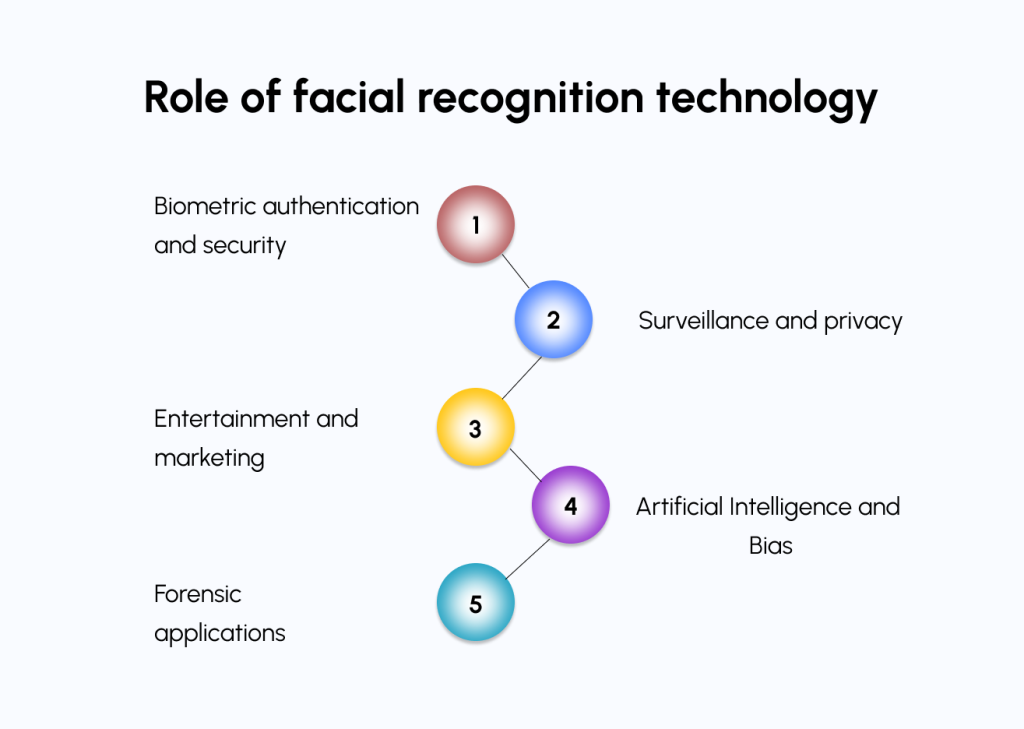
New uses are appearing, ranging from improved security in financial services to tailored marketing in retail. However, resolving ethical issues will be crucial to the development of facial recognition in the future. Concerns about data protection, consent, and mass spying continue to dominate discussions. To create more open, equitable, and privacy-preserving solutions, researchers and legislators are collaborating.
Despite privacy and equity issues, facial recognition technology is expected to continue to play a significant role in the digital world, influencing everything from personal device interactions to security protocols.
As artificial intelligence and machine learning continue to advance, facial recognition's precision and usefulness will increase, possibly opening up previously unthinkable avenues.
Ensure Your Business with the Right Facial Recognition Software - Lystface
Facial recognition technology's development is a reflection of larger developments in artificial intelligence and computer science. Every significant advancement in technology, from the first manual systems in the 1960s to the AI-driven algorithms of today, has advanced the field toward its greatest potential.
Infinity of facial recognition software is trending in the market to benefit businesses. Choose the right software that fits your needs and streamline your organization. Lystface is an emerging facial recognition software with advanced features and adaptive technology to excel your business in a better way.
Lystface ensures more accuracy, and privacy from marking attendance to securing your data. Book our free demo and start using our 14-day trial to completely know the working progress of our software. To sophisticate your company, we do provide Lystface API that can be integrated seamlessly with your existing system.
Try out Lystface today!

